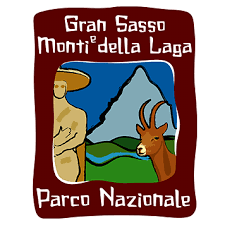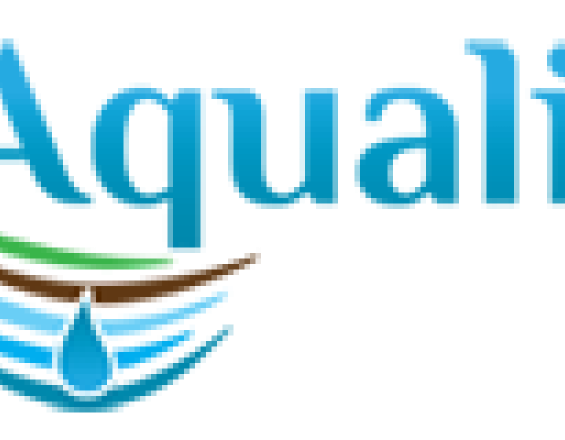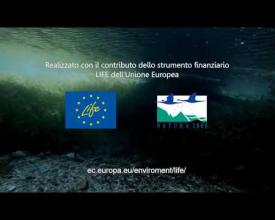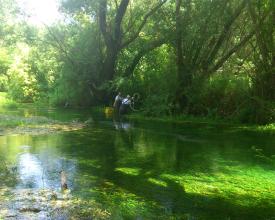
Aqualife: a new software as an indicator system for biodiversity in groundwater Ecosystems

Groundwater ecosystems are at risk in Europe and all over the world. Nevertheless, a common tool for assessing biodiversity in groundwater dependent ecosystems (GDEs) is still not available. The AQUALIFE project involved stakeholders and managers with the aim to increase awareness and conservation about GDEs.
The main project output is the AQUALIFE Software Package, which is an innovative indicator system for the GDEs assessment.
The software provides a user-friendly toolkit for assessing: 1) the risks effectively or potentially posed to the GDE communities by chemical pollutants; 2) the hydrological/hydromorphological risks (for ecotonal GDEs, e.g. hyporheic zones and groundwater-fed springs); and 3) the conservation priorities of GDE sites based on the community composition.
It shows also the Groundwater Biodiversity Concern score: a measure of the conservation priority of a GDE site, based on the conservation value of each species composing the local community.
Impacts
The importance of the peculiar GDEs biodiversity and their role in terms of ecosystem services has not been widely recognized. The Project aimed to have an impact on the awareness and on the regulatory level. Therefore the project and software acted as tools for ensuring communication between scientists and managers along with other stakeholders. The software represents an efficient tool to set up coherent policies and rules aimed at achieving a successful GDEs management. It is focused on the analysis both of the conservation priorities and the potential environmental risks assessment, based on the comparison of the tolerance thresholds to pollutants between many freshwater species. The main campaign of dissemination was organized at the end of the project with an International Conference organized by the AQUALIFE team in Italy. Citizens and stakeholders participated in meetings and round tables. Several dissemination actions were done across Italy in national and local environmental agencies, and national and international congresses world-wide. The tool is used by local environmental agencies, also Italian Institute for Environmental Protection and Research (ISPRA) is willing to use it, as long as private companies. The interest for it is increasing rapidly in the post-life time because people have finally understood the importance of these environments.






